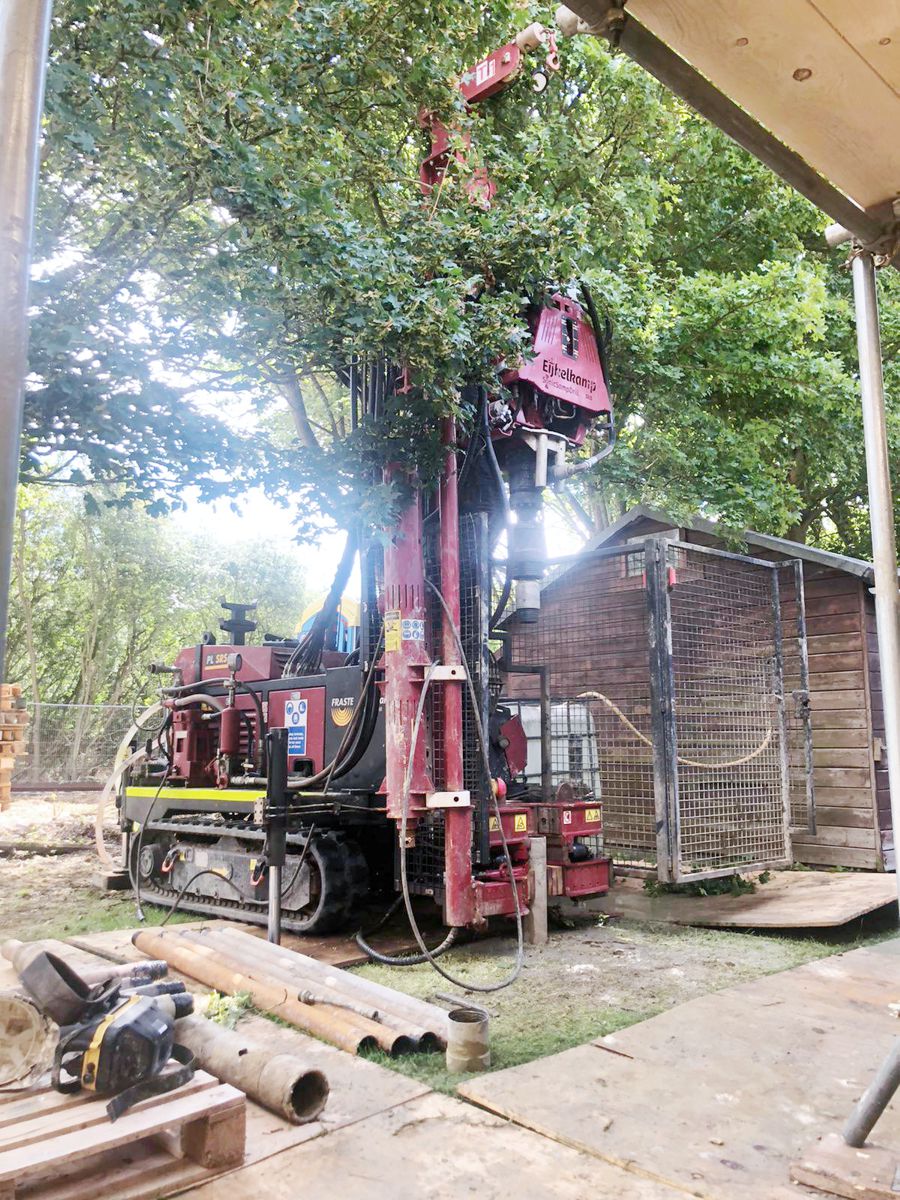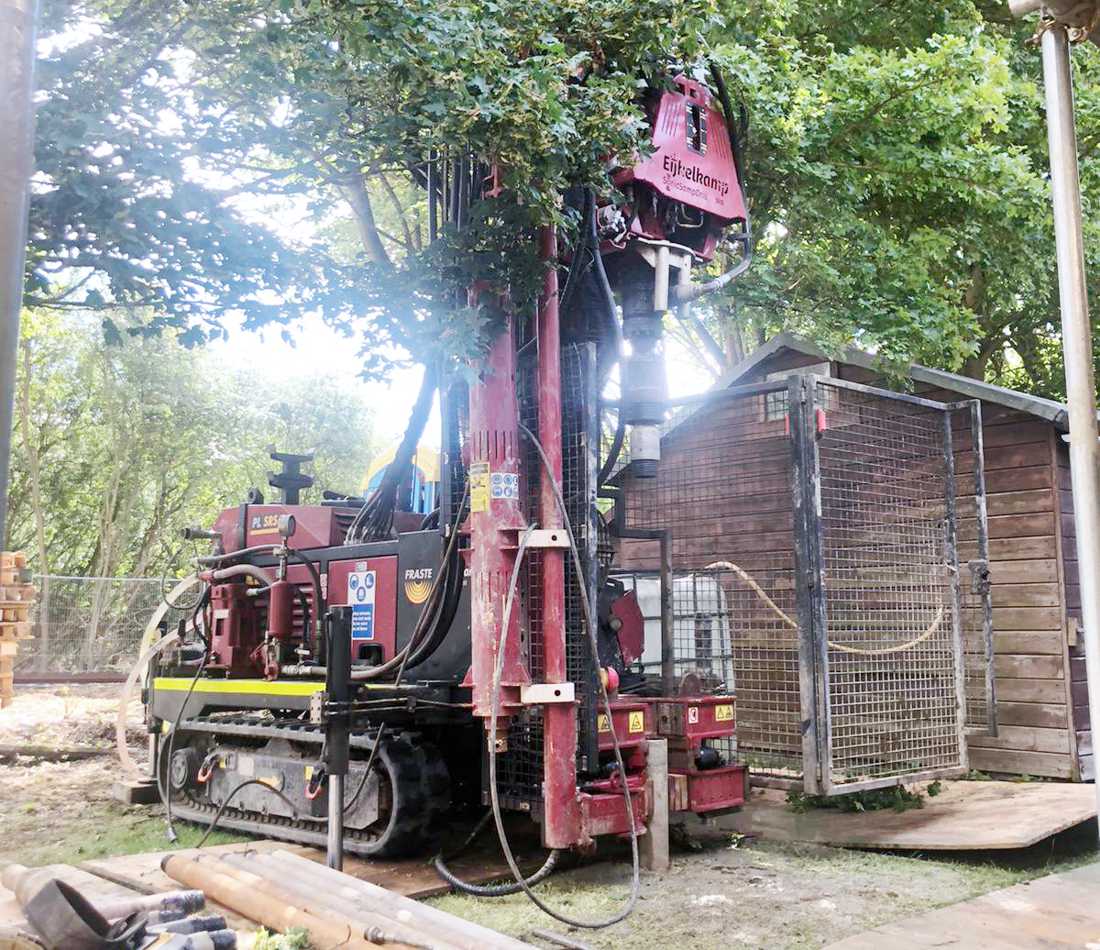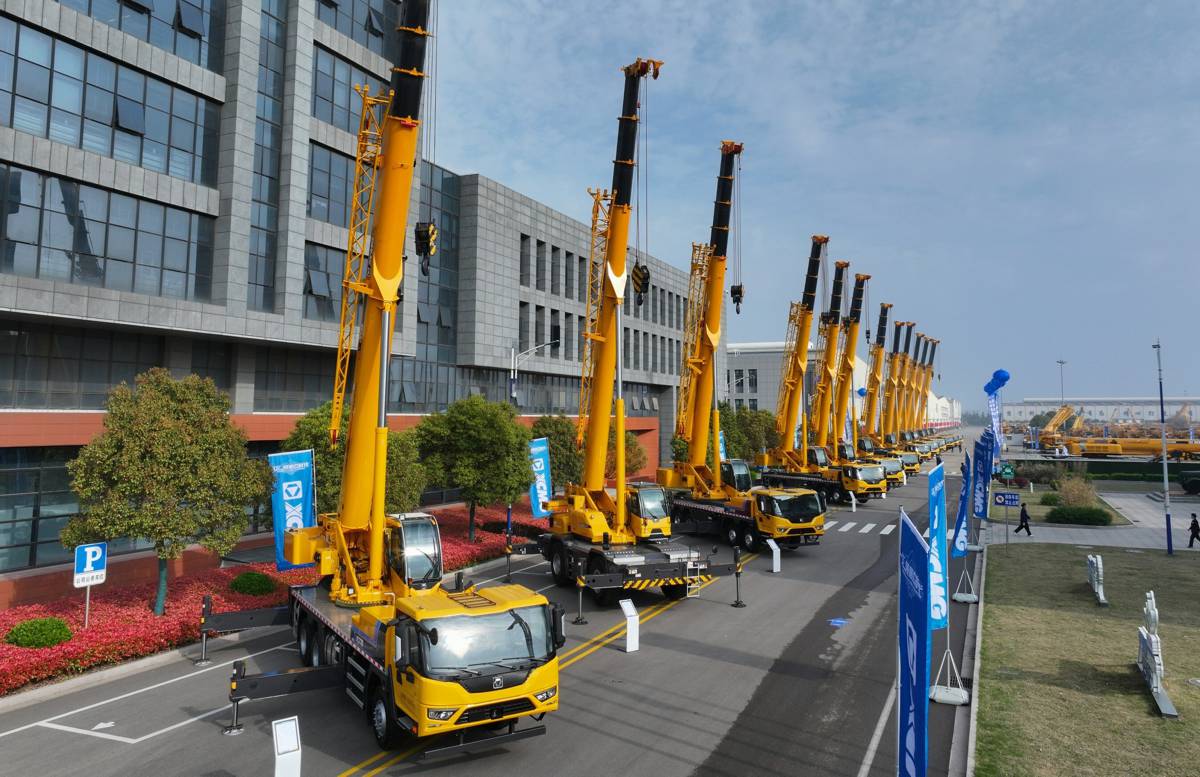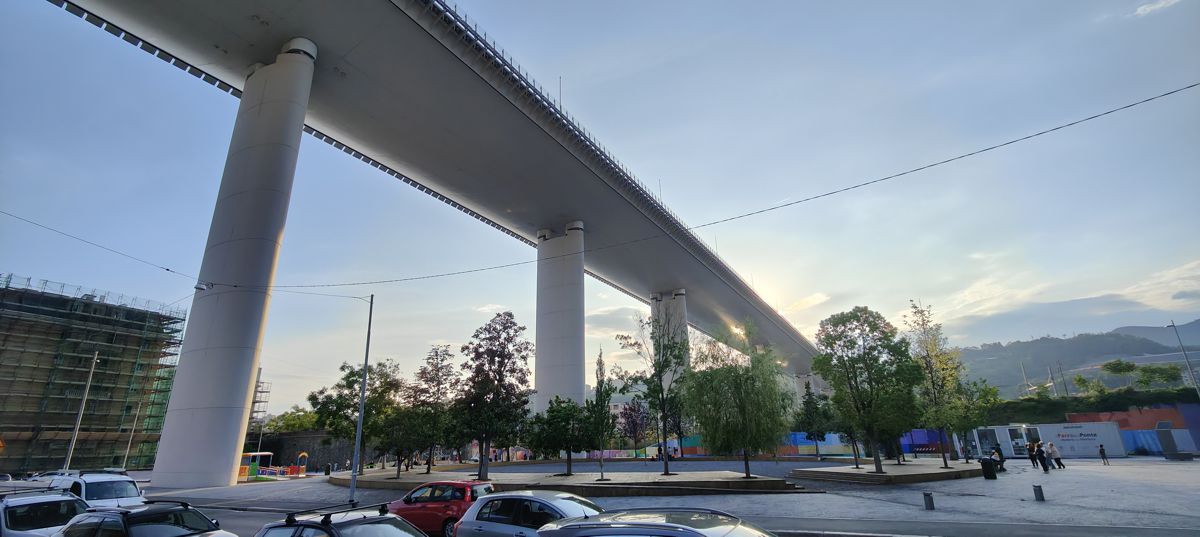Exploring the different types of Ground Investigation
Knowing you need to carry out a ground investigation is one thing, but knowing what type of ground investigation is another. Perhaps you’re in need of a quick and effective way to survey a large area, in which case, trial pits may be the answer.
Alternatively, if you’re looking for a versatile, environmentally-conscious way to investigate a landscape’s geology, your job may be best suited to sonic drilling. There are many different techniques depending on budget, time frames and site limitations, so how do you decide?
John Rodgman, the Managing Director of the geotechnical drilling company, Borehole Solutions, offers virtually every type of ground investigation, and has provided Highways Today with his insight on the most commonly used investigative techniques, as well as how to choose which one is right for you.
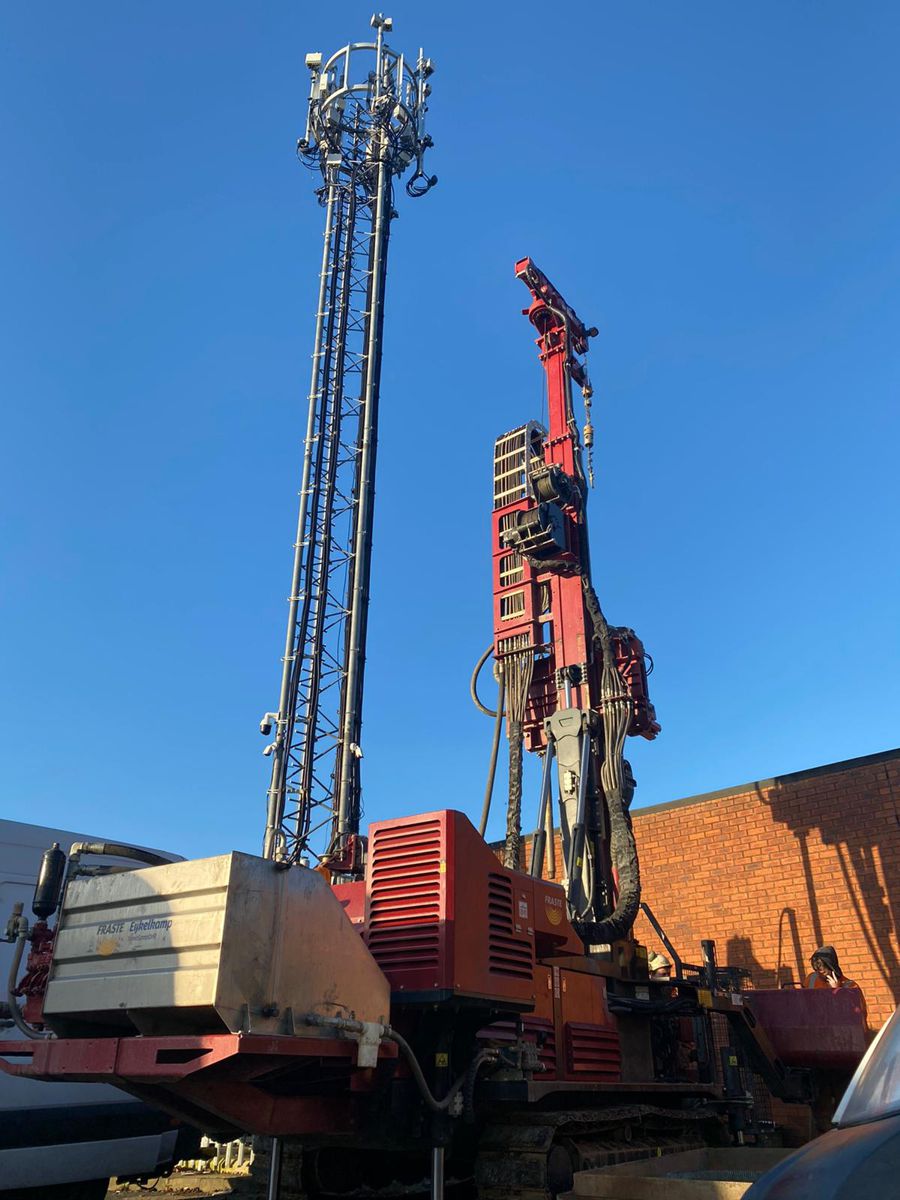
Trial Pits
If you’re in need of a quick, cost-effective solution, trial pits might be the best way to go, as only a small amount of equipment is required. A small digger can be used, but you can save even more on transport and fuel costs by having it done by hand. Using minimal equipment, you can easily gain an insight into the surface level strata – creating a detailed soil profile of up to 4 metres in depth. This can easily be filled back in, however, some surface integrity may be compromised, which is worth bearing in mind when considering this method.
Window Sampling
Window Sampling is a relatively economic method, which ultimately yields high-quality samples from shallow strata. This is the best method for small-scale sampling – especially superficial or weathered formations. These sampling rigs are ideal for taking chemical samples, and setting up for SPTs and environmental monitoring. Window sampling rigs can be set up to go lower than 5 metres, so can be altered to accommodate the needs of the project. Another significant positive about this method is that it can make use of handheld devices to enable surveying on any site with limited access or difficult terrain.
Cable Percussion Drilling
A commonplace set up on excavation sites are the A-frames that enable cable percussion drilling – where a Sinker bar weight bit is repetitively dropped into the overburden, to considerable depths. They are versatile, and offer high-performance across both consolidated and unconsolidated superficial formations. This is ideal for weaker, soils, as it allows for casing to be lowered into the borehole as excavation occurs, which also permits the opportunity for on-site testing.
Rotary Drilling
This method relies on torque and rotation – as a bit is progressed through rock strata- but is suitable for both small and large-scale projects. Most often used in quarry and mining settings, rotary drilling is fast, flexible and reliable. It is a very common type of deep ground investigation and observation, and is frequently used in the effort to obtain high-quality samples.
Sonic Drilling
This method is powerful, safe and the most environmentally-conscious of the current ground investigation techniques. The reduction of friction on the drill-bit – due to liquefaction of the surrounding soil and strata – is ideal for overburdened and superficial deposits. This means you’re able to penetrate the ground and investigate as needed – much quicker than other techniques, mitigating the overall impact on the environment.
The geotechnical industry is always changing and constantly innovating. There are a myriad of versatile, cost-effective and reliable techniques for budgets big and small, and projects of all scales. Looking at each technique as a whole will help you find what is best for your project.
